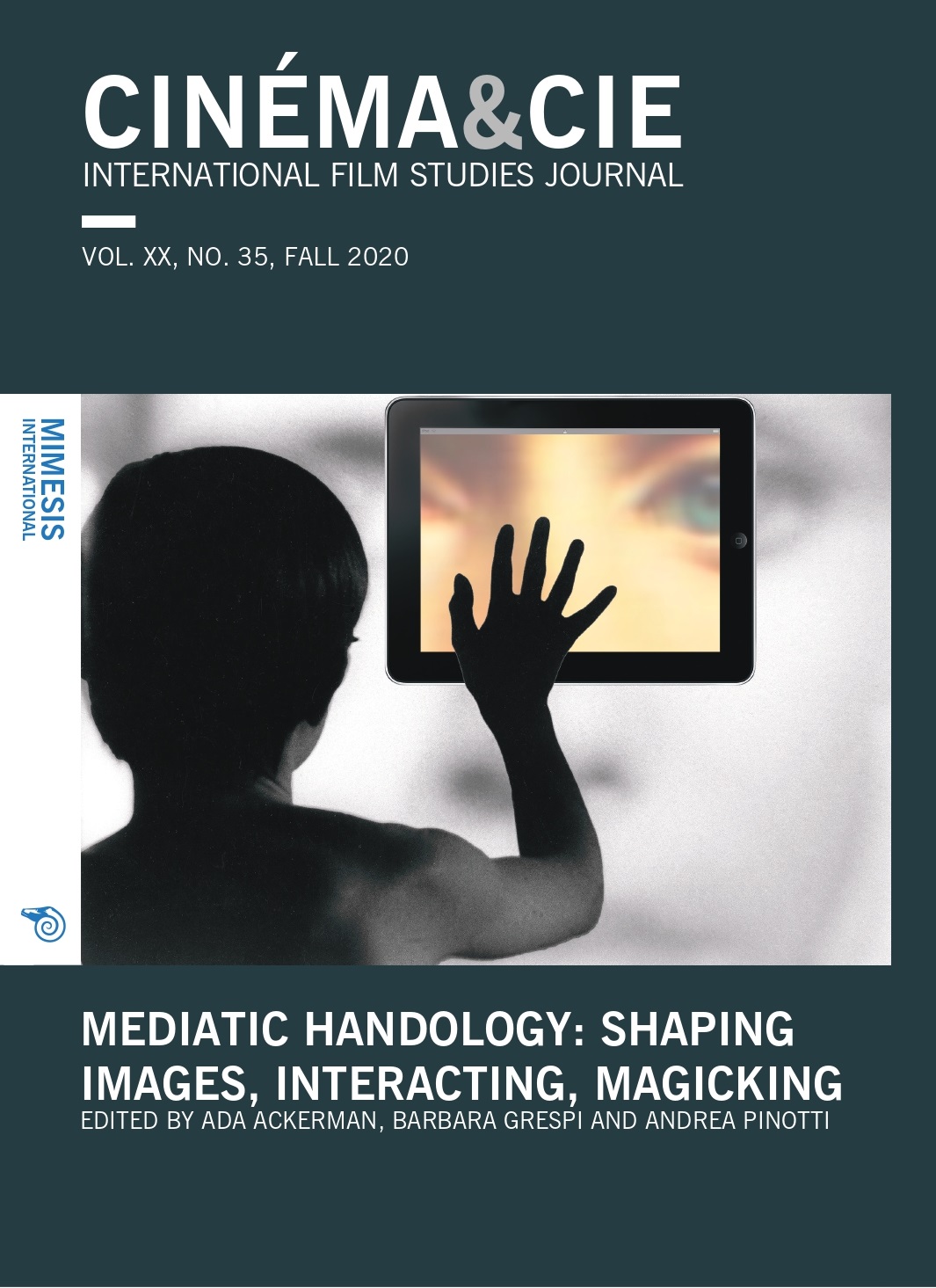Technological reproduction at odds: Hand and cinematography in Robert Wiene’s The Hands of Orlac
Abstract
Around 1900, the paradigm of technological reproducibility threatened to replace the hand. As a matter of fact, though, hands speak the language of cinematic media specificity quite fluently. With its fine motor manipulations, the hand offers an intimate image of essentially human traits and showcases the logic of motion pictures at large. In addition, pointing gestures and dramatic poses establish narrative chains. A close reading of The Hands of Orlac (Orlacs Hände, Robert Wiene, 1924) will explain how hands allow for this marriage between a cinema of attraction and of narration in the Weimar period. One can discern a scientific interest for the hand in parallel with its occult implications. Orlac´s murderous hands feature both, the motif of the enchanted doppelgänger as well as newly established techniques like prosthetic labor or the use of fingerprint. Even though the topoi of the mythological and the technological hand challenged one another after World War One, occultism and scientific progress meant less of a contradiction than one might think. Instead, the hand makes explicit a discourse which was only implicit at the time: technology and its impact on works of art appear as the natural extension to the human body, rather than as a substitution.






